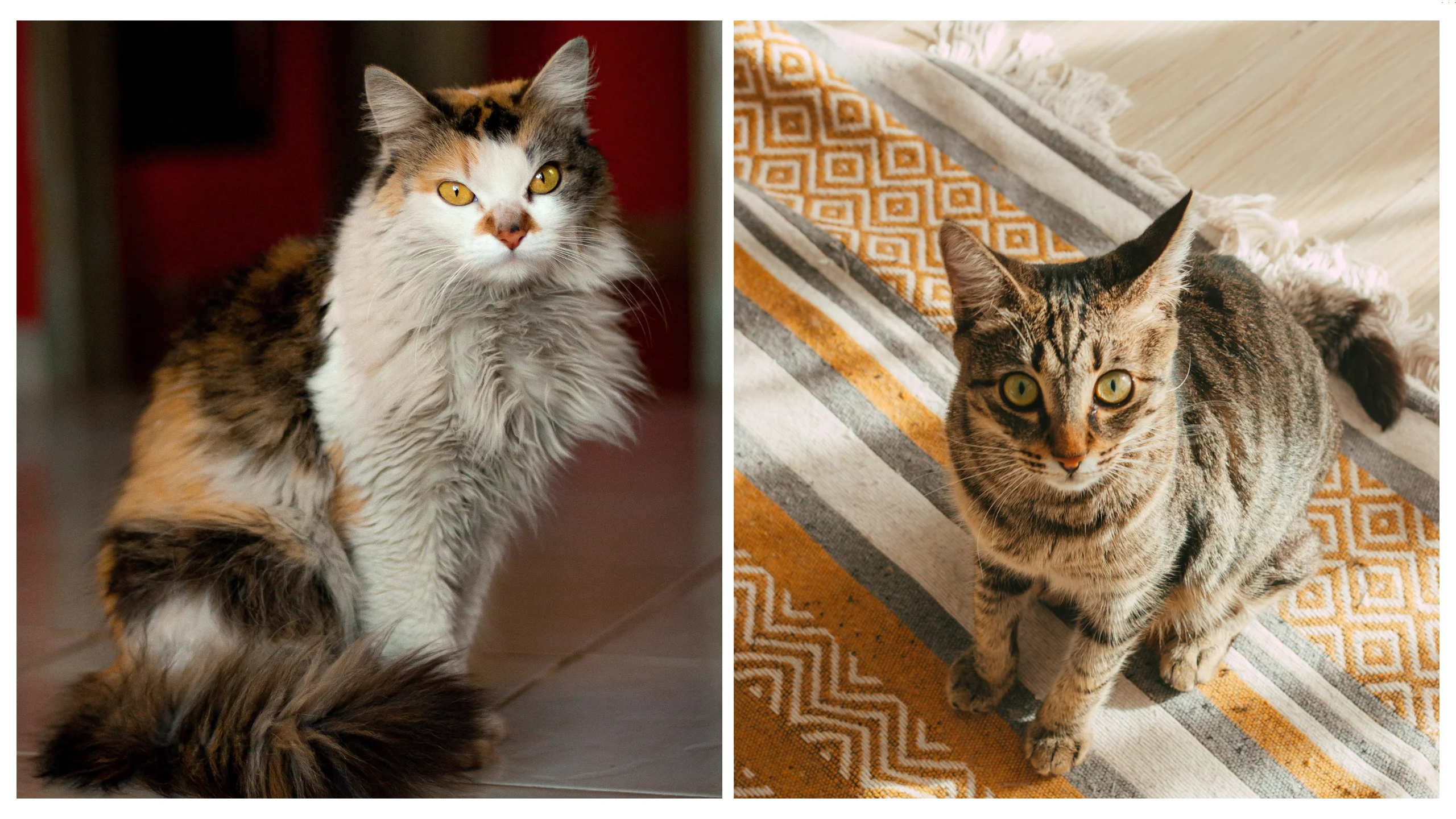Last Updated on February 4, 2024 by Aftab Tariq
Rusty Spotted Cat Pet for Sale
The Rusty Spotted Cat became widely known in 2012 when it made its debut at the Berlin Zoo. These captivating creatures are famous for their petite size, measuring just 56 centimeters in length.
Their distinctive appearance, featuring a beautiful rust-colored coat adorned with dark spots, makes them a sought-after cat pet. Their charming tufted ears, expressive eyes, and unique fur add to their allure.
When it comes to food, these cats are selective, favoring small creatures and insects due to their size. In captivity, it’s crucial to replicate their natural habitat and provide a well-rounded diet to ensure their well-being throughout their lifespan.

Rusty spotted cats, known for their cute appearance, are adored by many. However, they need special care and handling, making them unique pets. Understanding their rarity and conservation needs is crucial. Owning one requires thoughtful consideration. While they’re seen in zoos, protecting them in the Wild is vital.
Is it possible to keep a Rusty Spotted Cat as a Pet?
Rusty spotted cats, tiny wildcats from India and Sri Lanka, are in trouble. They’re “Near Threatened” due to habitat loss, and it’s not a good idea to keep them as pets. They have special needs, and taking them from the Wild can harm their population. It’s better to admire them from afar and protect their natural homes.
Ethical Considerations: Keeping wild animals as pets raises ethical concerns regarding their well-being. Many experts and advocates emphasize conserving and safeguarding these species in their natural habitats rather than keeping them as pets.
Unique Care Requirements: Rusty-spotted cats come with specific needs that can be quite challenging to fulfill in a home setting. As carnivores, they require a diet of small mammals and birds, which is challenging to provide.
Conservation Challenges: In the Wild, rusty-spotted cats face problems like habitat loss and declining populations. Capturing and owning them as pets can worsen these issues and disrupt conservation efforts.
Legal Restrictions: In numerous countries, including India and Sri Lanka, having rusty-spotted cats as pets is illegal due to their protected status and conservation concerns.
Wild Instincts: Rusty-spotted cats are inherently wild creatures with behaviors and instincts that might not align with life as a pet. They’re solitary and territorial, making them unsuitable for living with humans or domesticated animals.
Instead of considering a rusty-spotted cat as a pet, it’s more advisable to support conservation endeavors aimed at preserving their natural habitat. If you’re fond of feline companionship, numerous domesticated cat breeds are better suited for a life in a home environment.
Regulations and Legalities
The rules and regulations governing the ownership of exotic animals, such as the rusty-spotted cat, as pets can differ significantly based on the specific country, state or province, and local ordinances. Here are some key factors to keep in mind concerning the legal aspects and rules surrounding the ownership of these animals as pets:
· Laws for Safeguarding Wildlife
When it comes to the legalities and regulations concerning the ownership of wildlife species like rusty-spotted cats as pets, it’s a complex web that varies greatly among countries. Laws surrounding the ownership of these animals as pets can range from strict bans to carefully regulated permits. Each country has its set of rules and regulations designed to protect both the species and the public.
· Local and state legislation
In addition to national laws, local and state legislation can significantly impact the ownership of exotic pets like rusty-spotted cats. Some regions may enforce bans, while others issue licenses and permits, often influenced by the species’ conservation status and the potential risks they pose.
· Cites rules and regulations
CITES, or the UN Framework Convention on Trade between Countries in Endangered Biological Diversity of Nature’s Wild Fauna and Flora, is an organization that plays a significant part in the conservation of wildlife across the world. Rusty-spotted cats, classified under CITES Appendix I or II, are subject to international trade regulations. These rules govern the trade of endangered species, ensuring that it’s sustainable and not detrimental to their survival.
· Ethical contemplations
Beyond the legalities, ethical considerations are paramount. Experts emphasize the importance of responsible ownership, considering the unique needs and challenges associated with caring for such species as pets. The welfare of these animals and their conservation concerns should always be at the forefront of any ownership decision.
· Zoning and local codes
Zoning ordinances and local bylaws dictate where and how certain animals, including rusty-spotted cats, can be kept within specific areas. Governments at the local level may have stringent laws that have been put in place to guarantee the health and safety of the community as well as the animals involved.
Make sure to research unusual or wild animals before thinking about bringing them home as a pet. First, get familiar with the relevant local laws and ordinances. The animal’s welfare and ethics should then come into consideration.
For advice on the morality and legality of keeping such creatures as pets, it’s a good idea to speak with local government representatives, wildlife specialists, and animal care professionals. The key to owning an exotic pet is being careful and knowledgeable.
Can I have one, two, or three Rusty Spotted Cats as Pets?
These cats are not your typical house cats. They give birth to one to three kittens and need special care. But there are some risks and rules. Rusty Spotted Cats have wild instincts and might not fit in with humans.

You may need licenses and permits to have them as pets. So, while it’s tempting, it’s important to think twice before bringing one into your home. Preserving these unique species in the Wild is often the best choice.
Size and characteristics of the Rusty Spotted Cat
The Rusty Spotted Cat, among the tiniest wildcat species, exhibits a typical length range of 35 to 50 centimeters, standing at approximately 16 to 40 centimeters in height. These diminutive felines weigh around 1.6 to 4 kilograms, with males typically surpassing females in size.
Measuring merely nine to sixteen inches from head to tail, their small stature is truly remarkable. These cats are recognized for their distinctive rust-colored coats marked with dark stripes and spots, featuring unique facial patterns such as striped cheeks and a white chin. Regrettably, their small size doesn’t shield them from perils like habitat loss and hunting.
In terms of reproduction, these adult cats generally engage in mating activities up to three times annually, giving birth to litters containing two to three kittens. The kittens take about four to five months to reach maturity, often remaining with their mother until they are self-sufficient in the Wild.
Size of a baby rusty spotted cat
The size of a baby Rusty Spotted Cat, a member of the cat family, is truly remarkable. These tiny felines, native to regions like Berlin Zoo and the Wild, weigh in at just about 0.9 to 1.6 kilograms. When they’re born, these kittens are incredibly small, often fitting in the palm of a human hand. Their miniature stature is unlike that of larger cats and even more diminutive than some felines.
As they grow, they undergo a series of changes, both in terms of size and appearance, similar to other cat species. Their spotted coat and unique markings begin to take shape, differentiating them from tabby and tuxedo patterns seen in other cats.
Despite their small size, they develop into agile and skilled predators, learning to climb trees and navigate their environment. Their development from birth to maturity is a fascinating process, much like their larger counterparts in the cat family.
Rusty spotted cat size compared to house cat
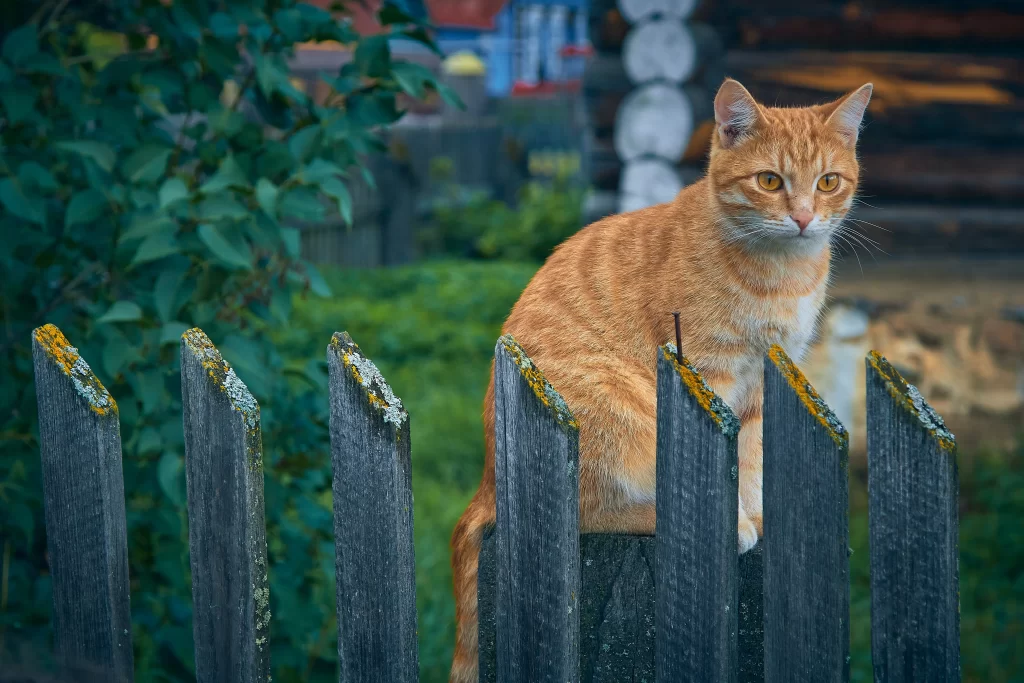
When considering the size of the Rusty Spotted Cat in comparison to the average house cat, the differences are quite striking. Rusty Spotted Cats typically measure between 35 to 48 centimeters in length, which is notably shorter than the average house cat, which can range from 45 to 65 centimeters in length.
Additionally, the Rusty Spotted Cat has a shorter tail, with a length of 15 to 30 centimeters, compared to the house cat’s tail length of 20 to 33 centimeters. In terms of weight, the Rusty Spotted Cat is exceptionally light, weighing only 1.5 to 2.5 kilograms, while house cats can range from 3.5 to 6.5 kilograms.
Their size isn’t the only distinguishing factor; the Rusty Spotted Cat is known for its unique rusty colored spots and streaks, which set it apart from the typical brown tabby appearance of many house cats. However, both these felines share the exception of having captivating and expressive irises, adding to their charm.
Rusty Spotted Cat Habitat and Needs
Rusty spotted cats, native to India and Sri Lanka, have distinct habitats and living needs that are vital for their well-being, whether in the wild or captivity. Here’s a breakdown of their habitat, behavior, diet, and more:
Natural Habitat: These small wildcats can be found in various habitats, such as deciduous forests, grasslands, scrublands, and rocky areas. They prefer areas with dense vegetation, which provides both cover and hunting opportunities. Additionally, they are often close to water sources, ensuring regular access.
Climate and Adaptability: These cats inhabit regions with diverse climates, from tropical to subtropical areas. Their ability to adapt to various climates and habitats within their range contributes to their survival.
Diet: As carnivores, their diet consists of small mammals, birds, reptiles, and insects. They employ stealth and ambush tactics when hunting.
Nocturnal Behavior: Rusty spotted cats are primarily nocturnal, meaning they are most active at night and rest during the day.
Range and Territory: Rusty spotted cats are solitary creatures with relatively small home ranges, typically spanning 1 to 2 square kilometers. Male territories tend to overlap with smaller parts of female territories.
Conservation Status: Rusty spotted cats are considered near-threatened due to factors like habitat loss, fragmentation, and the potential for illegal wildlife trade.
Reproductive Behavior: Female rusty spotted cats give birth to litters of 1-3 kittens, usually in concealed locations like rocky crevices or dense vegetation.
When considering the care of rusty spotted cats in captivity, it’s crucial to recreate their natural environment. It involves providing appropriate enclosures with hiding spots, natural vegetation, and opportunities for exercise and hunting behaviors. Their diet should be diverse to meet their nutritional requirements.
However, it’s essential to note that keeping rusty spotted cats as pets is generally discouraged due to their conservation status and the challenges of meeting their specialized needs. Conservation efforts should focus on protecting these cats in the Wild, supporting breeding programs in accredited wildlife facilities, and ensuring their survival in their natural habitats.
How to identify a Rusty Spotted Cat Kitten in its Natural Habitat?
Spotting a Rusty Spotted Cat Kitten in the Wild can be a challenging yet rewarding endeavor. These miniature felines, native to India, Nepal, and Sri Lanka, often reside in the lush rainforests, bamboo thickets, and Teri environments of the region.
Their small size, typically measuring around 75 centimeters in length, makes them elusive. To identify these wildcat kittens, keep an eye out for their unique rust-colored coats adorned with dark spots and stripes, distinctive markings that set them apart from other cat species.
Their preference for sugarcane and bamboo habitats makes these areas prime spots for potential sightings. However, their population has been on the decline due to habitat cutting and other environmental threats, so spotting them in the Wild is becoming increasingly rare.
The Range of Rusty Spotted Cat Prices
When it comes to the cost of acquiring a Rusty Spotted Cat as a pet, it can vary significantly. These unique creatures belonging to the feline family, have seen prices ranging from $1500 to $20,000 depending on various factors.
The price can be influenced by the cat’s breed, condition, and overall health. While some people view them as an investment and are willing to pay a premium, it’s crucial to remember that owning a pet involves more than just the price tag.
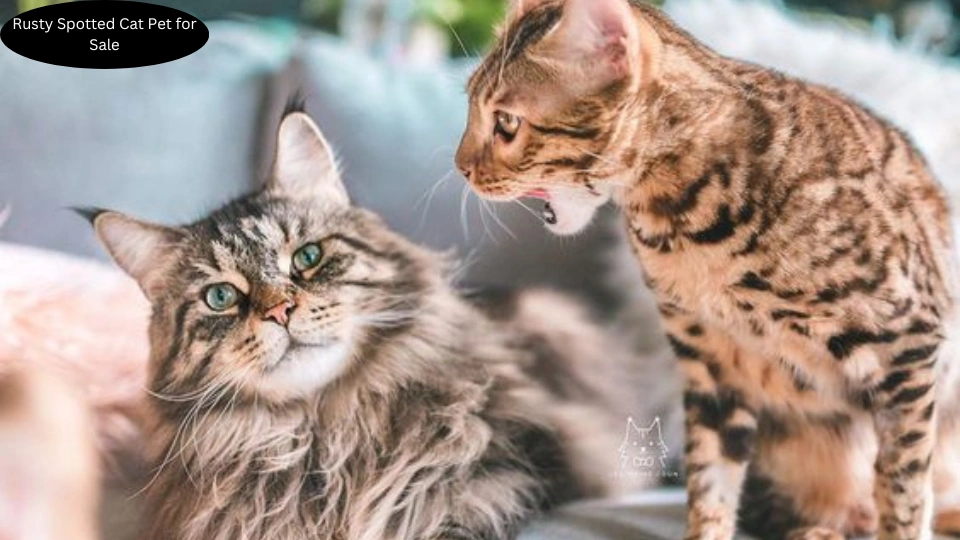
Rusty Spotted Cats are wild by nature and may present challenges in a domestic setting. Additionally, their conservation status and the ethical considerations surrounding their ownership should also play a significant role in the decision-making process.
The Rusty Spotted Cat, one of the smallest cat species globally, has distinctive features that set it apart. These cats typically measure between 35 and 48 centimeters in length and weigh just 0.13 to 0.2 kilograms. With a height of 14 to 19 centimeters, their tiny stature is remarkable.
Their rusty spotted coats and unique behaviors make them a captivating addition to the cat family. These felines primarily inhabit thorn forests, coconut plantations, and paddy fields. While their population density varies across their range, the risk of extinction looms due to habitat loss and human activities.
These cats have adapted to living near human houses, which is both a testament to their resilience and a challenge for their survival. Understanding their behavior, habitat preferences and the importance of conserving their unique way of life is crucial in preserving this remarkable species in the Wild.
The Rusty Spotted Cat– Felis Rufus

The Rusty Spotted Cat, scientifically known as Felis Rufus, is a small wildcat species found in India, Nepal, and Sri Lanka. These cats are known for their distinctive appearance, marked by spots and stripes that adorn their backs, flanks, and throats.
They are typically found in various habitats, including bamboo forests, rainforests, grasslands, and scrublands. Their range is a subject of interest among researchers who aim to record and understand these elusive creatures better. The Rusty Spotted Cat’s unique features make it a captivating species within the Felis Rufus genus.
The Enigmatic, Fully Grown, Rusty Spotted Cat
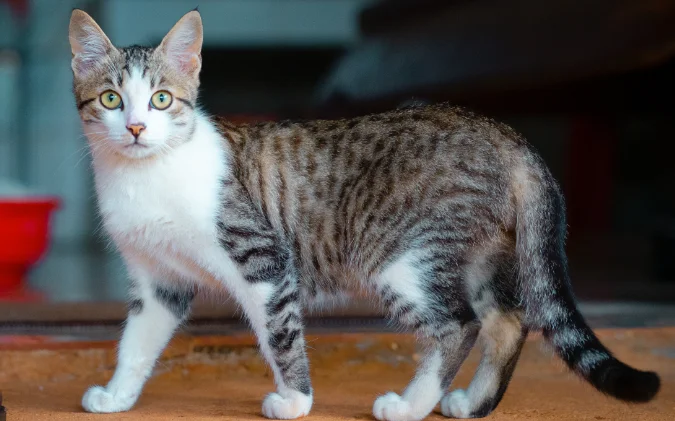
When a Rusty Spotted Cat reaches its full-grown state, it’s a remarkable sight. These felines, native to regions like Sri Lanka, are known for their diminutive size, with adults measuring around 23.5 to 60 centimeters in length.
Their appearance is distinctive, featuring a coat adorned with rusty-colored blotches and spots that make them stand out among other cats.
Their behavior in the Wild is fascinating, as they are solitary and territorial animals, which sets them apart from more social feline species. In captivity, they can be a joy for pet owners who choose to care for these unique creatures.
Their fur is soft and beautiful, earning them the nickname “kitty” despite their wild nature. However, it’s essential to note that their population is under threat in the Wild due to habitat loss in certain regions, making their conservation a top priority in preserving the beauty and diversity of our natural world.
Can you own a Rusty Spotted Cat as a pet?
The idea of purchasing a Rusty Spotted Cat is a complex one. These tiny cats, weighing only around one kilogram, are not typically found in pet stores or available for sale online. In many places, owning them as pets may require special permits or licensing due to their protected status and the need to ensure their well-being in a domestic setting.
Additionally, ethical considerations come into play, as these cats are wild by nature and may not thrive as traditional pets. Their natural habitat is in the Wild, not in the palm of a human hand or a home. So, while the idea of having a Rusty Spotted Cat as a pet might be enticing, it’s essential to understand the legalities, ethical concerns, and responsibilities involved before pursuing such a venture.
Is the Rusty Spotted Cat a house pet?
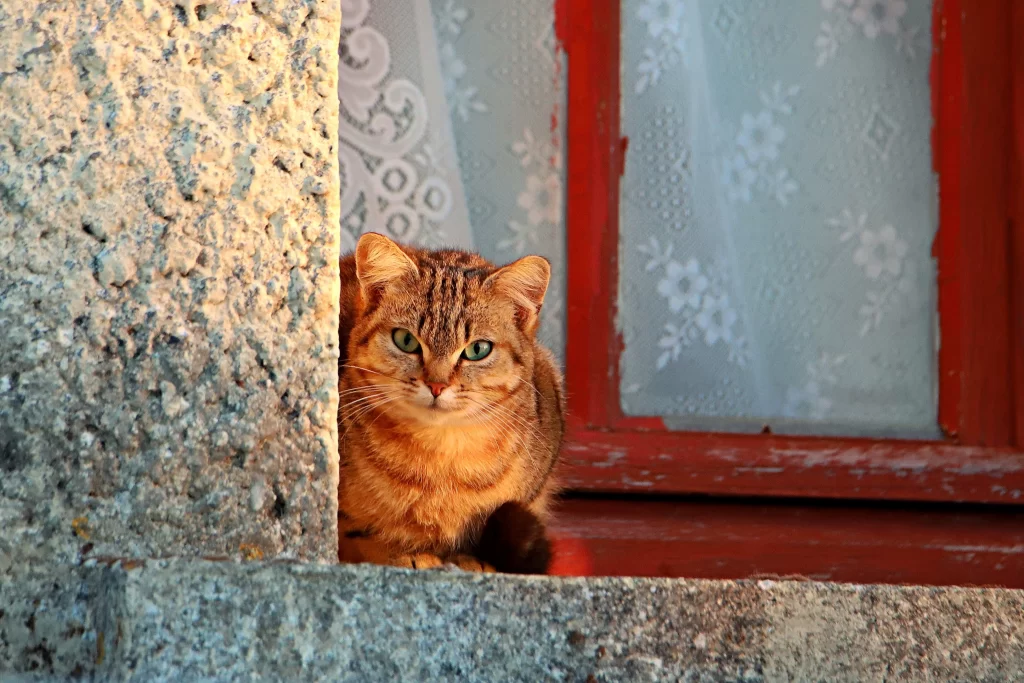
The Rusty Spotted Cat, despite its domestic-sounding name, is not a domestic animal in the traditional sense. Unlike common house cats that live with us in households, Rusty Spotted Cats remain wild by nature. They are small and elusive creatures, known for their unique appearance with black-spot streaks on their rusty coat and distinct behavior in the Wild.
While they may share some visual similarities with domestic cats, they belong to a different species and have distinct behaviors and territorial instincts.
These cats do not typically interact with humans in a household setting, and attempts to keep them as pets can lead to injuries for both the cat and the people involved. So, while they may be a distant cousin in terms of appearance, Rusty Spotted Cats are not domestic animals, and their conservation in the Wild remains a priority.
Rusty Spotted Cat Pet for Sale
If you’re considering the addition of a Rusty Spotted Cat to your home, it’s important to understand the unique factors involved. This small breed, native to specific habitats, may be available through a breeder or sale proposition, but there are critical considerations to bear in mind.
Unlike typical domestic cats, Rusty Spotted Cats have specific habitat and territorial requirements, making them distinct. Additionally, owning one may necessitate special licenses or permits due to their protected status.
Risks associated with diseases like rabies and unfamiliar territory dynamics with other pets or strangers should not be underestimated. Owning a Rusty Spotted Cat is a unique experience, but it comes with its share of responsibilities and potential challenges that prospective owners must be prepared for.
Rusty Spotted Cat in the UK
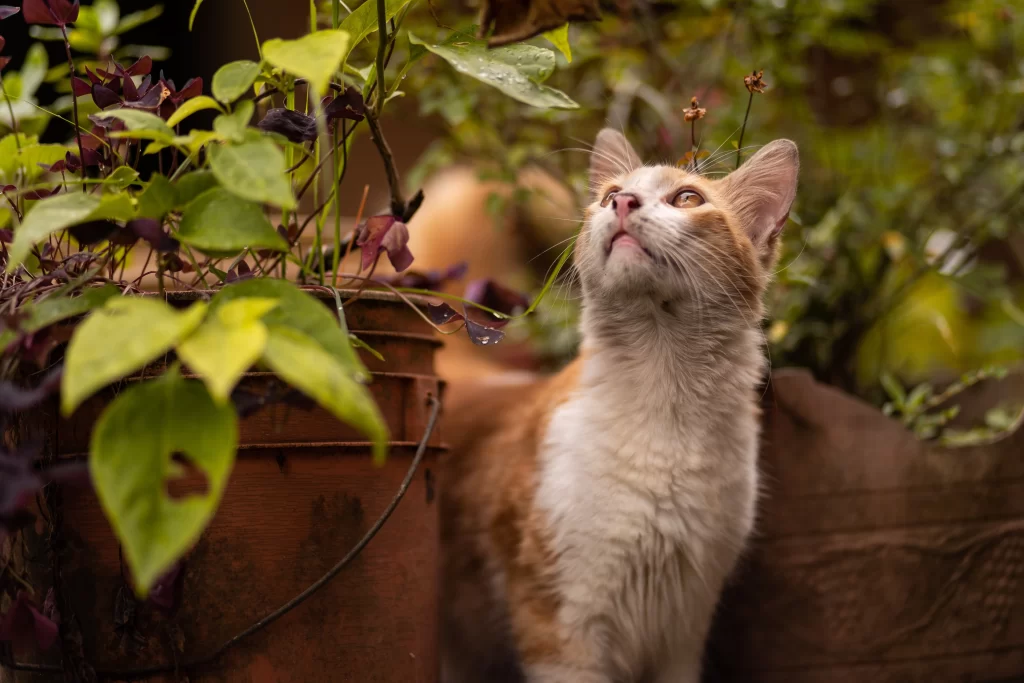
The UK, a place often associated with its love for pets, presents a unique opportunity for those seeking to own a Rusty-Spotted Cat. These elusive feline creatures are native to the diverse regions of Asia, including India and Sri Lanka. In the UK, where animal shelters and breeders usually cater to more common cat breeds, the addition of a Rusty-Spotted Cat to your household can be a remarkable and distinctive choice.
Rusty spotted cats belong to a different category than typical domestic cat breeds. They come from ecosystems and habitats that set them apart. As companions, they offer a rare and extraordinary experience. However, owning one may require special licenses or permits due to their protected status, ensuring their welfare and well-being remain a priority.
The pet trade spans across countries, connecting people with diverse animal companions. In this interconnected world, the opportunity to find a rusty rusty Spotted Cat for sale in the UK is a testament to the global nature of pet ownership. It highlights the importance of understanding and meeting the unique needs of these remarkable felines, preserving their place in the world of animal companionship.
The grown rusty spotted cat
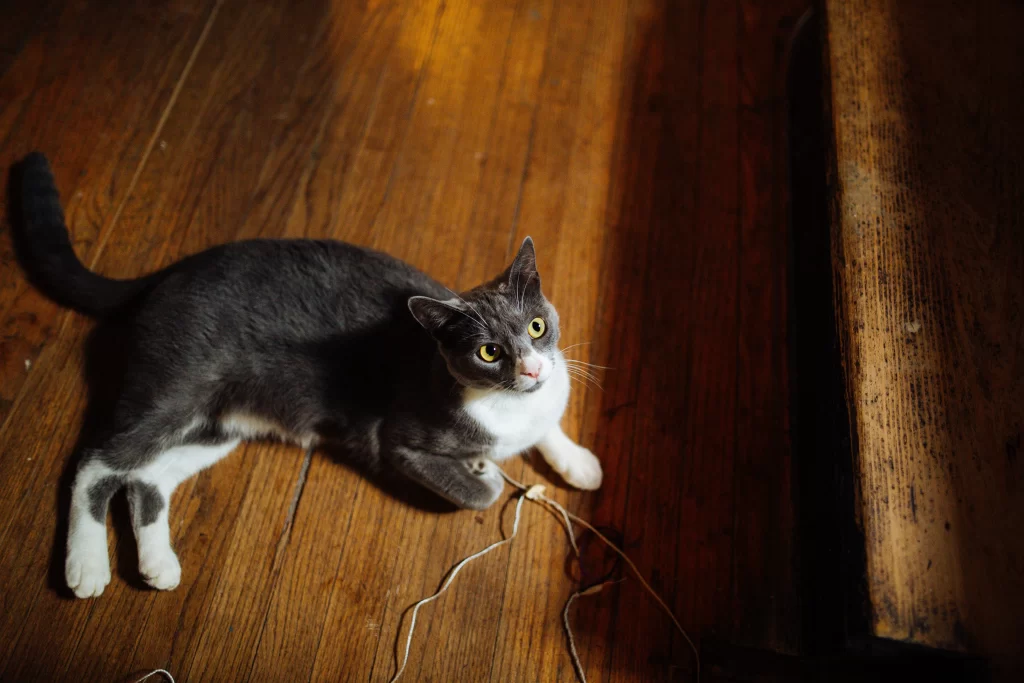
The Grown Rusty Spotted Cat, typically weighing around 1.8 to 2.2 pounds and measuring between 18 and 68 centimeters in length, is a captivating sight. These remarkable creatures hail from the diverse regions of Asia, including India, Nepal, and Sri Lanka. In terms of age, they usually reach maturity at around one year old.
Despite their small size, they play a vital role in their ecosystems, often found in bamboo forests and other wooded areas. Their unique coat pattern and behavior set them apart from their larger feline counterparts.
While these cats may be diminutive in stature, their conservation is of significant concern. The IUCN, along with wildlife protection acts in countries like India and Sri Lanka, aims to safeguard their habitats and ensure their protection.
Reports on the Rusty Spotted Cat provide valuable insights into their behavior and habits, aiding in conservation efforts. As a species, they exemplify the rich biodiversity of our planet, reminding us of the importance of preserving such unique and wondrous creatures.
Rusty Spotted Cat Breeder
When choosing a Rusty Spotted Cat breeder, it’s essential to consider several factors. Firstly, ensure that the breeder adheres to ethical practices and cares for their cats in a responsible manner. These cats, native to the wilds of India and Sri Lanka, are sensitive to their environment, and ethical breeders take great care to replicate their natural habitat in captivity.
Look for breeders with a commitment to conservation. The Rusty Spotted Cat faces threats in the Wild due to human activities like logging and habitat destruction. By supporting breeders who prioritize conservation, you contribute to the preservation of this remarkable species.
Consider the welfare of the kittens. Rusty Spotted Cats typically have small litters, and kittens require specialized care. Reputable breeders ensure that kittens are well-socialized and prepared for life as pets.
By choosing a Rusty Spotted Cat breeder who values the welfare of these cats and their natural habitat, you play a role in protecting this species and providing a loving home for a unique and remarkable feline companion.
Understanding the Rusty Spotted Cat
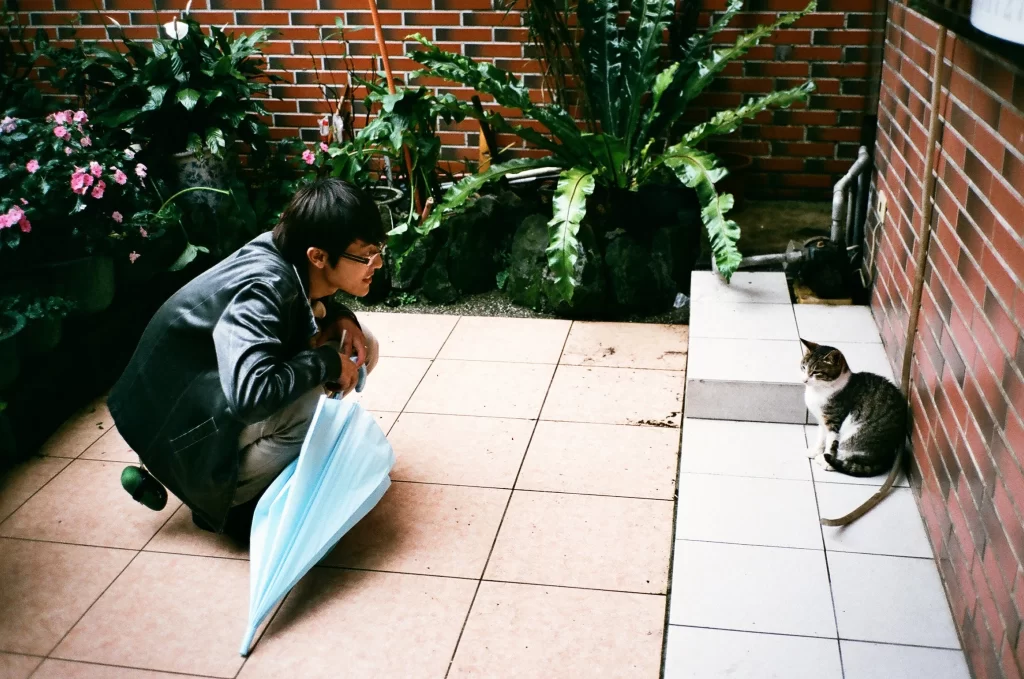
The Rusty Spotted Cat, native to the dense rainforests of South Asia, is a remarkable feline species known for its small size and elusive nature. Unlike domesticated cats, these wild felines have not undergone the centuries-long process of domestication. They maintain their natural behaviors and instincts, which are finely tuned to their specific environment.
In the Wild, Rusty Spotted Cats are skilled hunters, preying on small mammals, birds, and insects. They play a vital role in the ecosystem by helping control populations of these creatures. Attempts to domesticate them can have detrimental effects, both on the cats themselves and the environment they inhabit.
Efforts to conserve and protect the Rusty Spotted Cat focus on preserving its place in the Wild, where it plays a crucial role in the delicate balance of the ecosystem. While these cats are a source of fascination and admiration, they are not domesticated animals and should be respected as the wild and untamed creatures they are.
Can you own a Rusty Spotted Cat in California?

A Rusty Spotted Cat might be difficult to own in California. These small wildcats, with their distinct breeding habits and feline charm, are not your typical household pets. The state has stringent laws and regulations governing the ownership of exotic animals, including the Rusty Spotted Cat.
California’s interest lies in the well-being of both its residents and the wild animals. While it might be someone’s choice to have such a fascinating creature as a pet, the state’s laws and lengthier process, like obtaining a breeding permit, make it clear that this decision requires thorough consideration and adherence to state regulations.
Exploring Ownership of the Rusty Spotted Cat
Owning a Rusty Spotted Cat is a decision that comes with significant responsibility. As one of the world’s smallest wildcats, these feline companions have unique behaviors and habitat requirements.
The choice to bring one into your life should be a well-informed one, considering not just the fact that they’re a gift from our planet but also the impact on their natural habitat.
These cats, known for their solitary and territorial nature, might be a better fit for some. Their behavior, life habits, and interactions with strangers can pose challenges.
Before deciding to share your life with a Rusty Spotted Cat, it’s crucial to understand their needs and the legalities surrounding their ownership thoroughly.
Ultimately, the question whether you can own a Rusty Spotted Cat extends beyond the legalities. It’s about ensuring their well-being, respecting their habitat, and making an informed choice that aligns with their unique characteristics and requirements.
Legality of owning a Rusty Spotted Cat
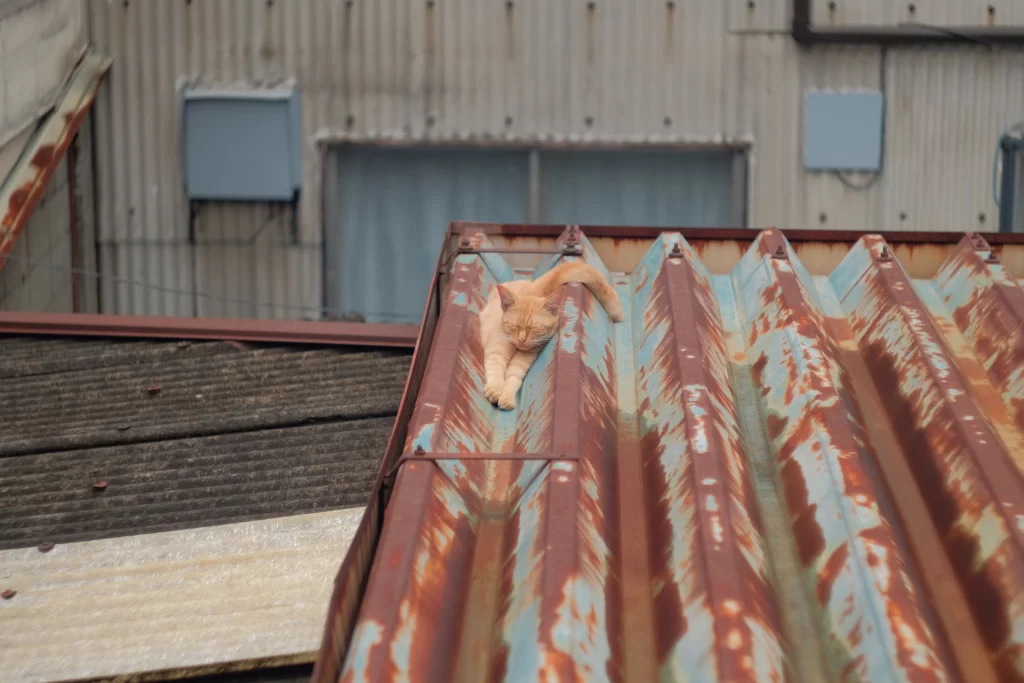
The question whether it’s illegal to own a Rusty Spotted Cat is multifaceted and depends on various factors, including your location and local regulations. In some areas, such as the United Arab Emirates, owning such exotic cats is strictly prohibited.
The choice to bring one into your household isn’t just a matter of personal choice; it involves licensing, paperwork, and screening to ensure the well-being of these species and their compatibility with the local environment. Understanding the legal framework and regulations in your neighborhood is crucial when considering the ownership of a Rusty Spotted Cat.
Enigmatic Sri Lankan Rusty Spotted Cat

The Sri Lankan Rusty Spotted Cat, a native of India and Sri Lanka, is a unique and captivating feline species. With a maximum weight of about 3 kilograms and distinctive rusty-colored fur adorned with spots, they are one of the smallest wildcats globally, standing out even among their wild counterparts.
The survival of these cats is at a critical juncture due to habitat destruction, human activities, and laws protecting their habitats. Sri Lanka, in particular, plays a crucial role in their conservation, as it’s one of the few places these cats call home.
Despite their diminutive size, the Sri Lankan Rusty Spotted Cat is a symbol of generations of adaptation to their specific habitat. With laws in place to safeguard their homes, and conservation efforts underway, there’s hope that this unique species can thrive amid the challenges posed by a changing world.
Key Takeaways
- Rusty Spotted Cat, a petite marvel, captivates with distinct rusty spots.
- Habitat loss, illegal trade threaten Rusty Spotted Cat survival.
- Owning a Rusty Spotted Cat demands legal, ethical considerations, specialized care.
- Conservation focus: Preserve Rusty Spotted Cat in its natural habitat.
- Rusty Spotted Cat: A unique, wild companion demanding responsible ownership.
Hi, I am Sehrish Kiran a blogger. The main motive to create this Harpersatelier site is that I want to share knowledge about Pets Information, Stories, Pet Breeds, and tips for grooming with all the pet lovers out there.

